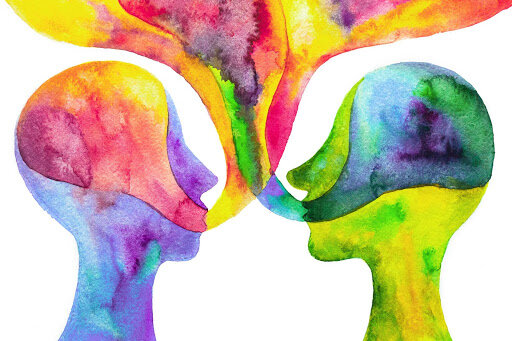Reflections on Dabru Emet at 20: Questions for the Journey
by Peter A. Pettit
As a statement “on Christians” and “about how Jews and Christians may relate to one another,” Dabru Emet has fostered the rich discussions and deeper engagements across Jewish and Christian communities that its authors intended. The statement also claims to be “on…Christianity” and “what Judaism may now say about Christianity.” That focus on the “-ism/-ity” relationship emerges in different ways that bear exploration, as they carry implications for the theological self-understandings and projects of the two communities:
How does Dabru Emet characterize Christianity as a whole?
How does it represent Judaism as a whole?
What do those characterizations suggest about where the two communities may go in this first century of our third shared millennium?
Such questions can perhaps lead us farther along a theological path that will parallel and inform our newly companionable journey.
“Through Christianity, hundreds of millions of people have entered into relationship with the God of Israel.”
Does that naming of God restrict God’s image in ways that even the Jewish Bible protests? The creation story witnesses to the God of heaven and earth; Amos 9:7 challenges the idea that Israel is unique among the nations in God’s dealings with it; Isaiah 45 and other prophetic passages show God involved with other rulers and nations; the nations of Canaan were driven out because they lived in defiance of God’s will for the land. Christianity has taken up the biblical witness in worshipping not a proprietary God of Israel, but the God of creation, the God of heaven and earth, the One God.
“Jews and Christians seek authority from the same book.”
I am hardly the first to question the meaning of this statement. The four similar lessons cited are a bare outline of chapter headings in biblical thought, in which Jews and Christians have written very different theologies. Increasingly, the value of a common physical object (and the Tanakh and Old Testament are not even that, if we are careful) is moot in the face of contemporary insights into reading and hermeneutics. Perhaps this is part of what lay at the root of the conflict that David Novak described over the term “authority” in this point. When we simply respect different interpretations, do we minimize the functional divergences in worldview that make our words mean anything?
“Jews and Christians accept the moral principles of Torah.”
In line with the previous discussion, we might acknowledge that the moral principles we accept do not always work out the same in our moral systems. Moreover, the moral principles we accept are not unique to Judaism and Christianity, as many of our humanist colleagues and participants in other religious communities well remind us. Widening a circle of moral principle that remains limited to those who read Torah in one form or another still leaves open a question about those outside the newly drawn circle.
“Christianity [i]s a faith that originated within Judaism and [is not] an extension of Judaism.”
The two parts of this assertion bear separate attention. The first begs the historical questions, “what Judaism?” and “how is that related to Judaism today?” Even more, it casts the matter in historical and sociological terms while ignoring the self-understanding within Christianity that it originated “in the beginning“ with the Word (John 1:1). The second part of the assertion seems to preempt a meaningful engagement with the identity claims of those who call their communities “messianic.” Their presence and theological self-awareness, however, continue to press on all who claim the heritage of biblical Israel, urging dialogue and the mutual exploration of relationships.
These several points are posed only to invite a further step along the welcome and promising path that Dabru Emet helped chart. This step would follow the impulse present in the elaboration of its sixth claim. Moving beyond merely “humanly irreconcilable difference,” this claim articulates a strong vision of two communities related to God in different faith traditions, which are themselves internally diverse. As we know them today, in broad terms, both emerged from the destruction of the Second Jerusalem Temple and the crucible of the Roman Empire. Both look to biblical Israel as their ancestral story and to Torah as God’s word to the world. Each has come to its covenantal self-understanding through historical experiences and hermeneutical reflections that it takes as defining and normative. The full significance of the integrity and distinctiveness of these realities calls us forward in new ways.
Each community now faces the challenge of framing itself and the other—and still others beyond these two—in theologically meaningful and adequate terms. That articulation will take account of the recognition, whether implicit or explicit, that the One God has engaged covenantally with humanity in the historical realities of both Jews and Christians. As heirs and ongoing participants in those realities, our two communities, in their various forms, might find that we benefit not only from responding to one another with respect and integrity, but also from exploring with one another who God is in the fullness of human experience.
Peter A. Pettit, Ph.D. is the teaching pastor at St. Paul Lutheran Church in Davenport, Iowa. Pettit is a research fellow of the Shalom Hartman Institute and a member of its North American teaching faculty. He previously led the Institute for Jewish–Christian Understanding at Muhlenberg College in Pennsylvania, where he taught in the religion studies faculty.

